Serbia kingdom year 1890 King Alexander Used stamps Set
🇷🇸 Kingdom of Serbia — 1890 King Alexander I Stamp Set
🗓 Issue Date
- The first stamps bearing the portrait of King Alexander I of Serbia were officially issued on 3 March 1890 after his accession following King Milan’s abdication.
👑 Design
- Each stamp shows a portrait of King Alexander I in military uniform facing left inside a decorative frame with “СРБИЈА” (Serbia) at the top.
📮 Complete Set of Values (1890)
The original 1890 King Alexander I definitive series includes 7 regular postage stamp values:
| Denomination | Color | Catalog ▪ Michel | Scott (approx.) |
|---|---|---|---|
| 5 para | Green | Michel #28 | Scott ~27–28 |
| 10 para | Red / Pink | Michel #29 | Scott ~29 |
| 15 para | Violet | Michel #30 | Scott ~30 |
| 20 para | Orange | Michel #31 | Scott ~31 |
| 25 para | Blue | Michel #32b | Scott ~32 |
| 50 para | Brown | — | Scott ~33 |
| 1 dinar | Violet | — | Scott ~34 |
(Para was the subunit; 100 para = 1 dinar.)
📌 The exact Scott catalog numbers vary slightly by edition and reference, but this gives the standard grouping of the 1890 series.
📌 Stamp Characteristics
- Perforation: Comb perforation 13 × 13½ (typical of this issue).
- Paper: White paper, typically without watermark.
- Printing: Letterpress (typographed).
- Portrait: King Alexander I of Serbia (reigned 1889–1903).
📜 Historical Context
- Alexander I Obrenović was King of Serbia from 1889 until his assassination in 1903, and the 1890 stamps were the first definitive series after his accession, replacing earlier stamps with King Milan.


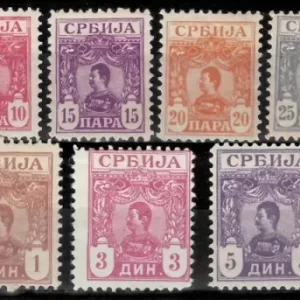
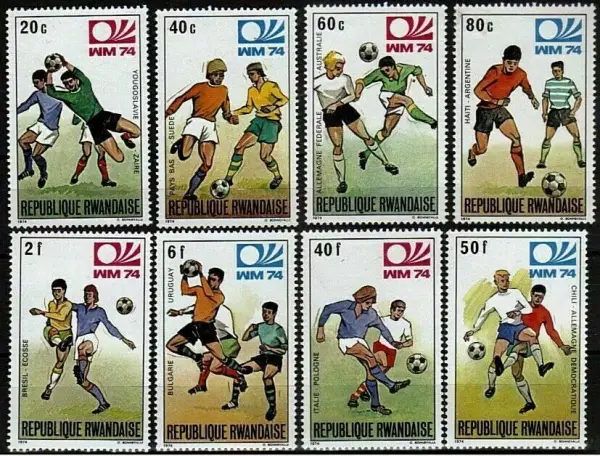
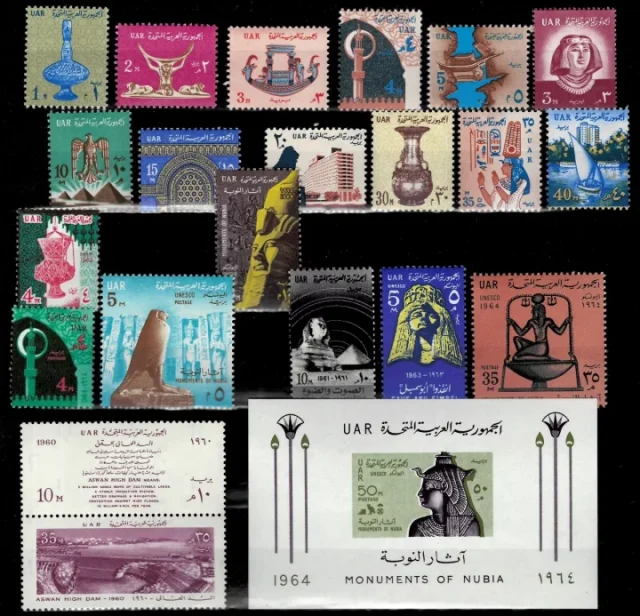
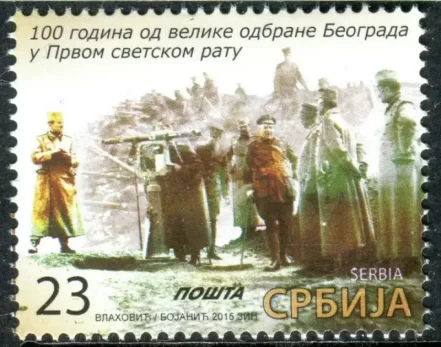

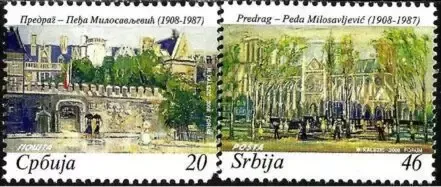



Reviews
There are no reviews yet.